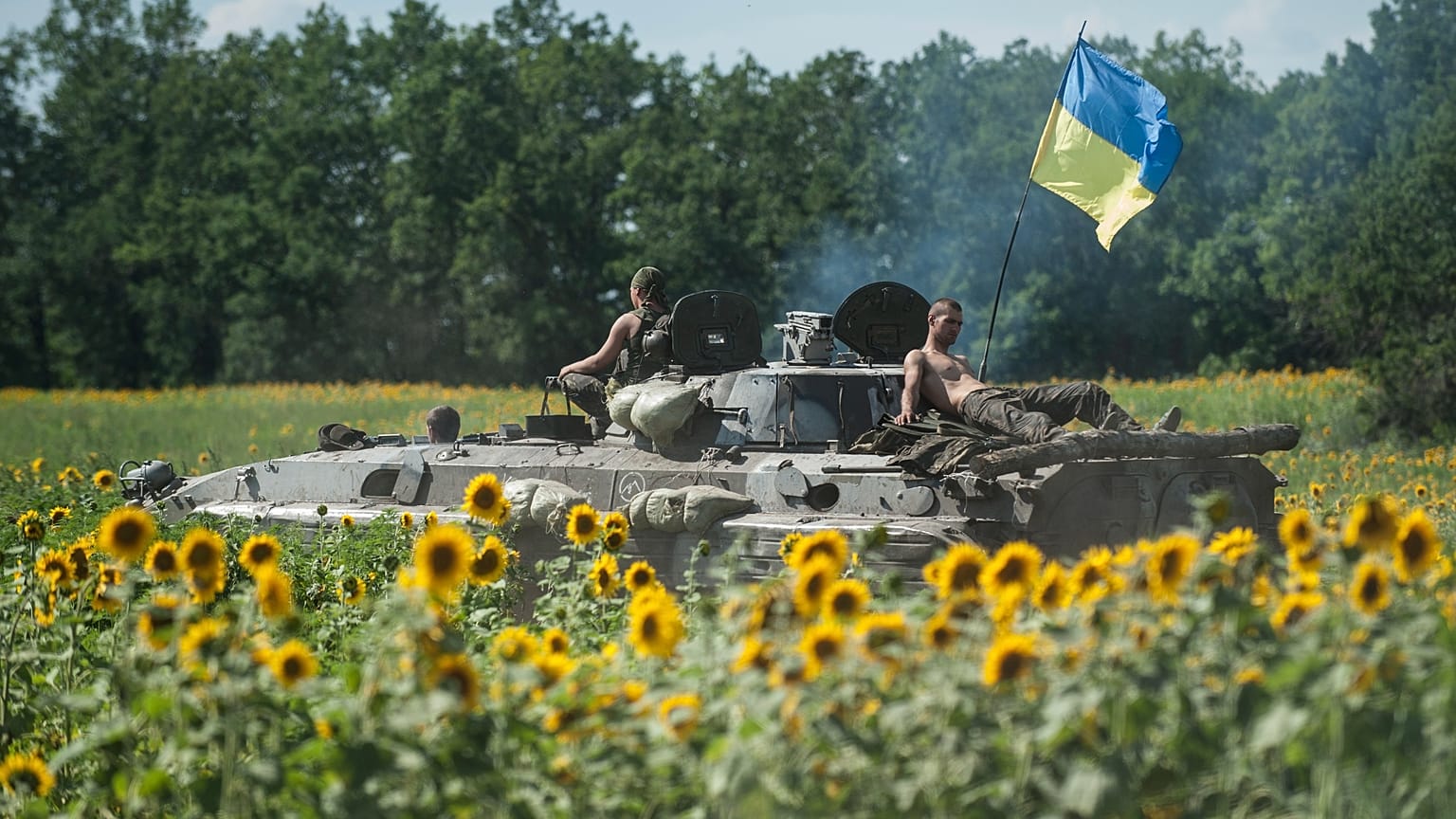Windfall revenues from hundreds of billions in central bank assets held at Euroclear Belgium set to help arm and reconstruct the war-torn nation.
The EU aims to deploy frozen Russian assets to send 3 billion euros per year to Ukraine, the European Commission announced today (20 March), with the first funds potentially paid as soon as July.
The Russian central bank holds around €210bn within the EU – chiefly at the Euroclear depositary in Belgium – that have lain frozen since war broke out in 2022.
Now officials are proposing to use interest on those assets to support Ukraine – fulfilling a longstanding promise that has been delayed by concerns of wider economic and political ramifications from the unprecedented move.
“We are today keeping up pressure on Russia and holding it accountable for its illegal act of aggression and for the massive damage and suffering it has caused,” EU Commissioner Valdis Dombrovskis said in a statement.
The move was coordinated with partners in the group of seven democracies that also includes the UK and US, Dombrovskis added.
In October, EU leaders asked Brussels to look at how to use the extra central bank revenue to support Ukraine, without breaching EU or international law.
Officials believe that, subject to interest rates, the move could generate €2.5-€3bn each year after tax, with Euroclear allowed to keep a small percentage of around 13% for administrative costs and legal liability.
That would come on top of a €5bn deal struck last week under the European Peace Facility (EPF), and in the week that the EU made its first €4.5bn bridge financing from the Ukraine facility.
But it also arrives as battlefield conditions in Ukraine become increasingly dire, and as vital funding from the US is held up by Congressional squabbles.
Speaking in Brussels today, Ukrainian Prime Minister Denys Shmyhal welcomed the EU’s new proposal but said using the interest was only the first step.
“We insist on the full confiscation or other use of all frozen assets,” Shmyhal told reporters. “Europe and the world need an effective precedent for making the aggressor pay a heavy price for the destruction it has caused in Ukraine.”
While originally mooted as a funding for Ukraine’s reconstruction, 90% of the funds released by today’s plans are set to flow through the European Peace Facility, which aims to supply Ukraine with munitions.
That may reflect heightening concerns that Ukraine is not just at risk of destruction, but of losing the war outright, with significant implications for the bloc.
“If Putin were to conquer Ukraine... the Russian army will be at our borders,” the EU High Representative for Foreign Affairs Josep Borrell told reporters today. “We could be sure that they will not be stopping there.”
While the plans still require agreement from EU member states meeting in the Council, Borrell told Shmyhal that he “hope[s] that we can agree soon and change notes into weapons, because your soldiers don’t fight with banknotes.”
Officials seem unconcerned about European Central Bank worries that the move could have wider implications for the euro’s credibility as a global reserve currency
So far the EU has proceeded cautiously, but officials now hope first payments could take place as soon as July. The first payment will be backdated to February 2024, when a new EU law was passed requiring Euroclear to segregate Russian assets.















